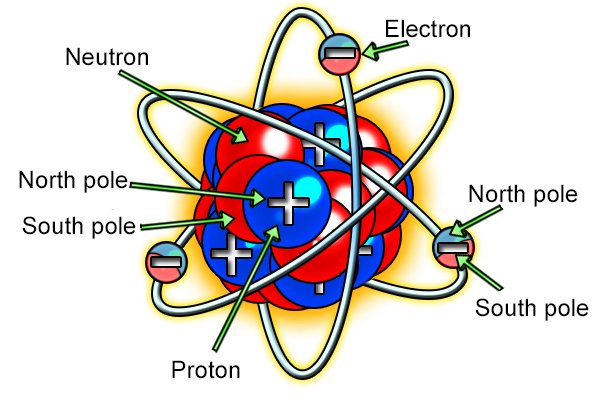
How does a magnet work?
atomic structure | |
 | How a magnet works is determined by its overall atomic structure. Each atom is made up of negative electrons revolving around positive protons and neutrons (called the nucleus), which are actually microscopic magnets with north and south poles. |
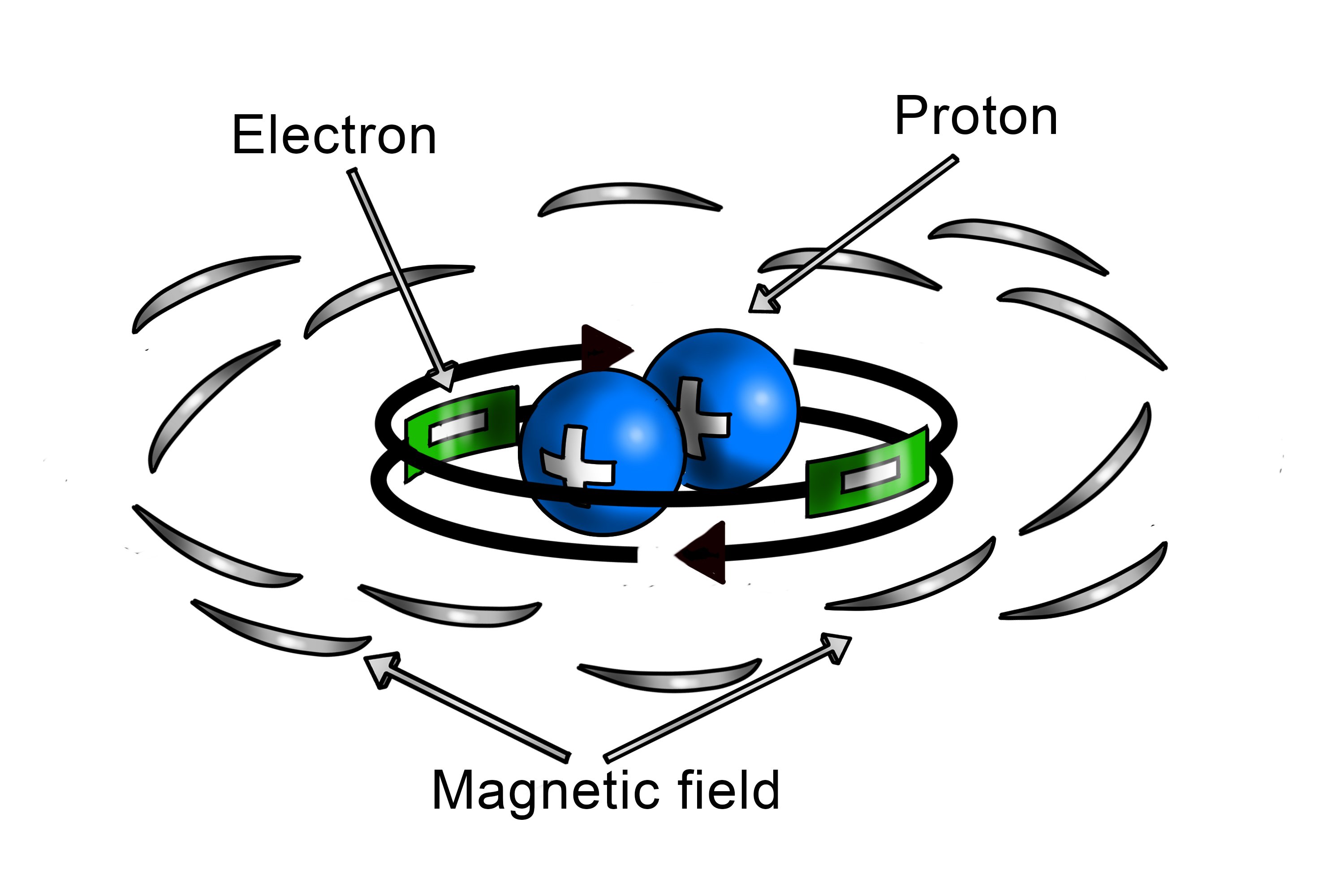 | The magnet's electrons move around the protons, creating an orbital magnetic field. Magnets have a so-called half shell of electrons; in other words, they are not paired like other materials. These electrons then line up, which creates a magnetic field. |
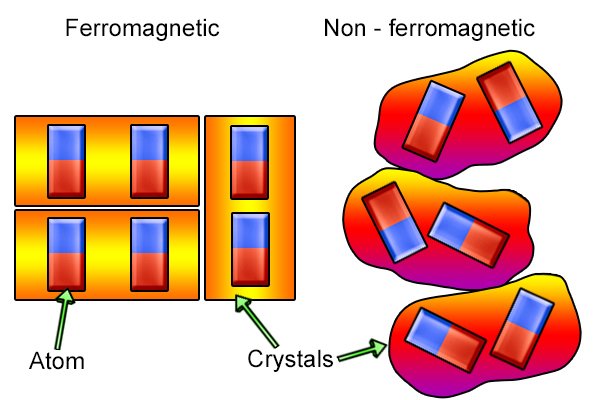 | All atoms combine into groups known as crystals. The ferromagnetic crystals then orient themselves to their magnetic poles. On the other hand, in a non-ferromagnetic material they are randomly arranged to neutralize any magnetic properties they may have. |
 | The set of crystals will then line up into domains, which will then be aligned in the same magnetic direction. The more domains pointing in the same direction, the greater the magnetic force will be. |
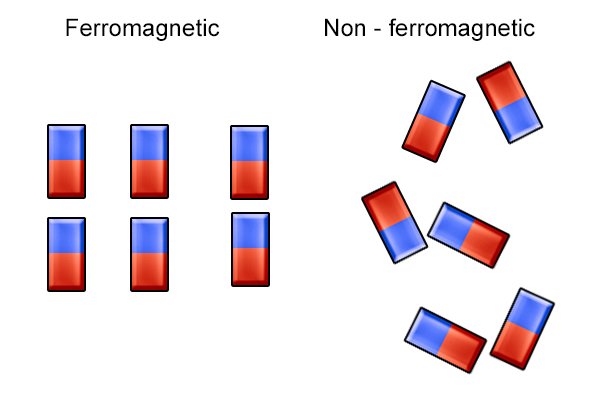 | When a ferromagnetic material comes into contact with a magnet, the domains in that material align with the domains in the magnet. Non-ferromagnetic materials do not align with magnetic domains and remain random. |
Attraction of ferromagnetic materials | |
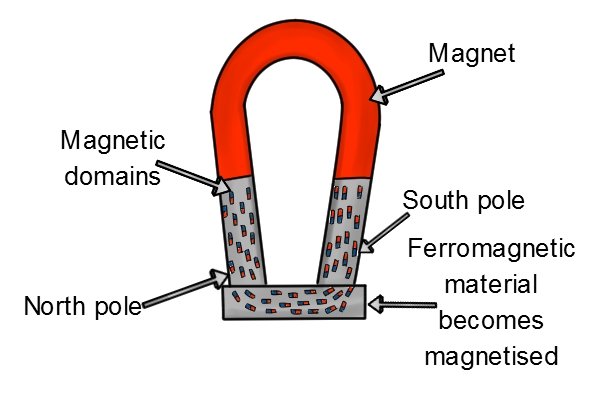 | When a ferromagnetic material is attached to a magnet, a closed circuit is formed due to the magnetic field coming from the north pole through the ferromagnetic material and then to the south pole. |
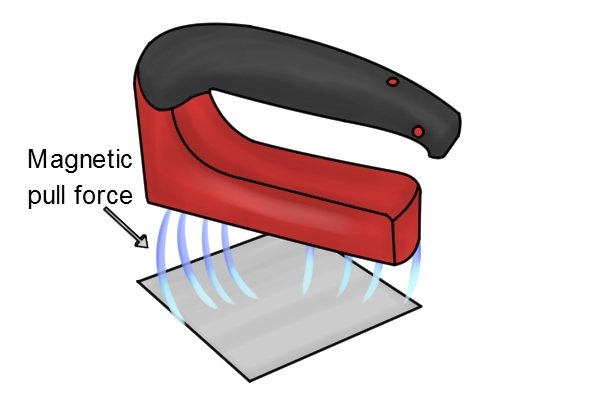 | The attraction of a ferromagnetic material to a magnet and its ability to hold it is called the force of attraction of a magnet. The greater the pull force of a magnet, the more material it can attract. |
 | The strength of a magnet's attraction is determined by a number of different factors:
|

